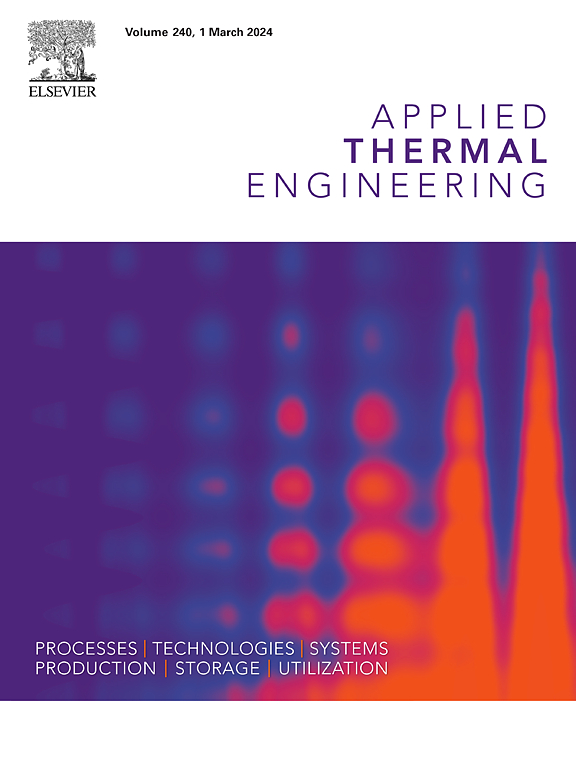A review on thermal collection management and conversion performance enhancement of extended range electric vehicle exhaust thermoelectricity
IF 6.1
2区 工程技术
Q2 ENERGY & FUELS
引用次数: 0
Abstract
Thermal energy conversion and management have consistently been the focus of energy conservation and emission reduction in automobile fields. The exhaust heat from extended range electric vehicles can be utilized to generate electricity, which is then stored in the onboard energy storage battery for the vehicle. This study illustrates thermal collection management and conversion performance enhancement. The system constructions, energy conversation work principle and advantages for fuel savings and emission reduction are introduced. Approaches for thermal energy efficiency collection enhancement and conversion performance improvement methods are presented. The material and structure, temperature difference change, multi-physics model and maximum power point tracking technology can enhance the thermal energy collection. The maximum output power of extended range electric vehicle experiment can be increased from 12.41 to 1002.6 W with the thermoelectric generator number changes. The simulation model can enhance the output performance by up to 35 %. The efficiency of the extended range electric vehicle exhaust thermoelectric materials system is 48 % when the thermoelectric figure of merit value is 2.4. The thermoelectric efficiency can be improved by 76 % of 3 cascades in uni-leg systems, which can improve fuel economy of the vehicle.
增程电动汽车尾气热电的集热管理与转换性能提升研究进展
热能转换与管理一直是汽车领域节能减排的重点。增程式电动汽车的废气热量可以用来发电,然后储存在车载储能电池中。本研究说明了热收集管理和转换性能的增强。介绍了系统的组成、能量转换工作原理及节能减排的优势。提出了提高热效率收集和改善转换性能的方法。材料和结构、温差变化、多物理场模型和最大功率点跟踪技术可以增强热能收集。随着热电发电机数量的变化,增程式电动汽车实验的最大输出功率可从12.41 W增加到1002.6 W。该仿真模型可使输出性能提高35%。当热电优值为2.4时,增程电动汽车排气热电材料系统的效率为48%。在单腿系统中,3个级联可使热电效率提高76%,从而提高车辆的燃油经济性。
本文章由计算机程序翻译,如有差异,请以英文原文为准。
求助全文
约1分钟内获得全文
求助全文
来源期刊

Applied Thermal Engineering
工程技术-工程:机械
CiteScore
11.30
自引率
15.60%
发文量
1474
审稿时长
57 days
期刊介绍:
Applied Thermal Engineering disseminates novel research related to the design, development and demonstration of components, devices, equipment, technologies and systems involving thermal processes for the production, storage, utilization and conservation of energy, with a focus on engineering application.
The journal publishes high-quality and high-impact Original Research Articles, Review Articles, Short Communications and Letters to the Editor on cutting-edge innovations in research, and recent advances or issues of interest to the thermal engineering community.
 求助内容:
求助内容: 应助结果提醒方式:
应助结果提醒方式:


